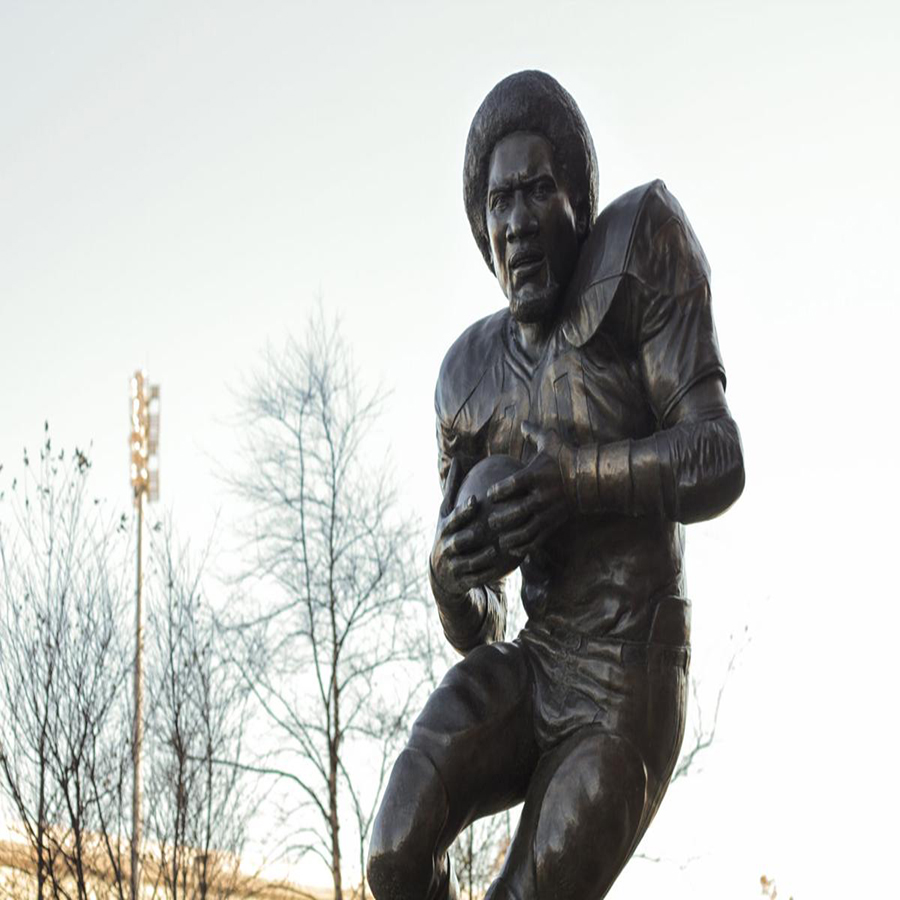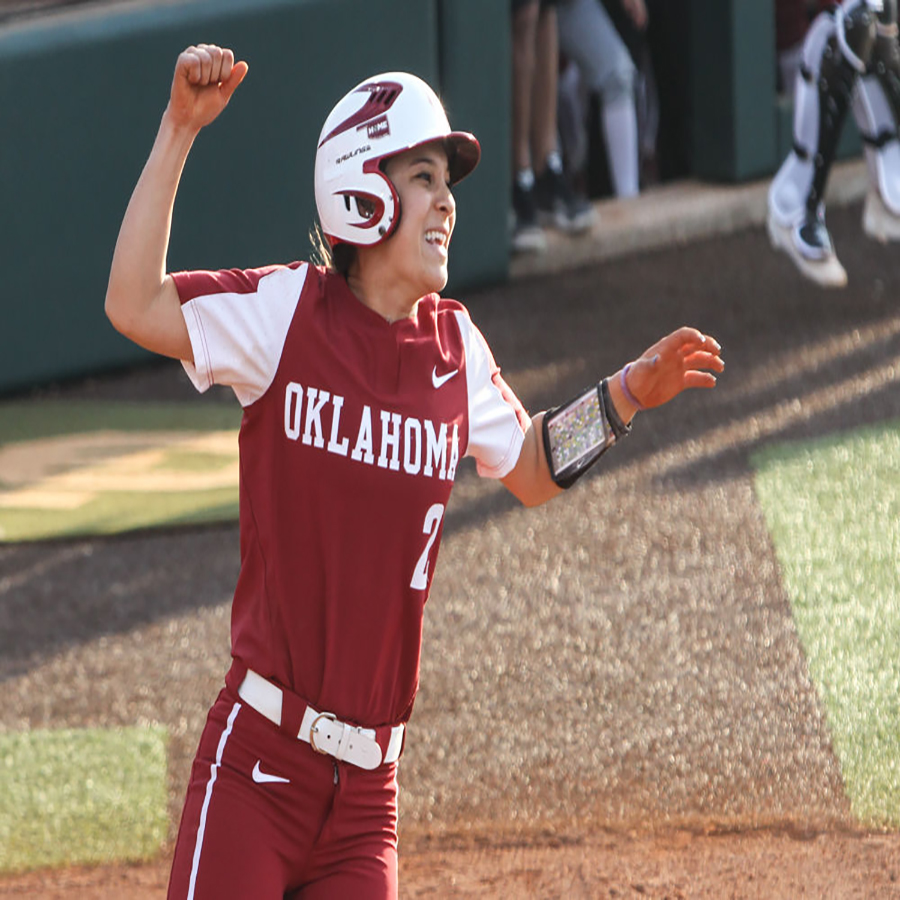Underneath the streets of downtown Oklahoma City, a series of tunnels connects parking garages and office buildings. What many don't know is that the tunnels also contain a small collection of businesses and restaurants.
Oklahoma City's underground tunnel system is nothing new. The first tunnel was built in 1931 by W.B. Skirvin to connect the Skirvin Hotel with the Skirvin Tower — now 101 Park — across the street.
The majority of the current tunnel system was built in the mid-1970s under the leadership of banker Jack Conn and Oklahoma Industrial Authority and opened in 1974 as the Conncourse, with an extra “n” added in honor of Conn. The final portion was added in 1984, connecting Leadership Square to the tunnel system. The tunnels weren't well maintained after the 1980s oil bust and became run down.
The tunnel system, now called The Underground, was renovated a decade ago. Oklahoma City architect Rand Elliott designed the transformation from 1970s decor to a 21st-century look. Elliott said now he mostly gets comments on The Underground from people coming from out of town and seeing it for the first time. He said his design used colored lights and panels to bring energy and make navigation easier while under the streets.
“It's all a matter of finding the best route for you or the shortest route or the most comfortable route to get from point A to point B, and it continues to serve that purpose.”
— Elliott
The renovation of The Underground saw different colored hallways displaying themed photo galleries, most relating to Oklahoma City's history, and there are also a few art installations. A few businesses can also be found along the tunnels, which are about a mile long and open from 6 a.m. to 8 p.m. Monday through Friday.
Jerry Church manages The Underground for Downtown OKC Inc. He said his organization has maintained it since 2000 when the business improvement district was established. The buildings connected to the Underground pay an assessment fee for the the tunnels to be maintained. Church said he doesn't have numbers, and was hesitant to estimate, but said probably hundreds of people use The Underground during an average workday.
“So The Underground does provide certain assets in that way,” Church said. “But people use it every day as just their way to go to work. A lot of times you'll see people at the same time every day walking The Underground.”
He said the tunnels leak whenever it rains, but usually that can be fixed by setting down a bucket. He said The Underground does have standard liability insurance.
...
Church, Elliott and those who own businesses in the tunnels say there are more people in the tunnels when there is inclement weather, and that is their intended use. Church said some have issues with The Underground because it takes away from street traffic, but he thinks it complements street-level activity.
Nan Lay co-owns China Chef with her husband and has had her business in The Underground for 20 years. She said she lost some business when the First National Center closed because it became harder for people to get to her restaurant. Located in the orange Downtown OKC History tunnel, China Chef is right around the corner from First National.
She also said it's hard for her to grow her business because she can only do lunch service, but she likes being underground.
Lee Hill, owner of Inspiration Hair & Nail Salon, used to have her business in First National, but after the building closed she moved it to The Underground. She said she's been in business downtown for 40 years. She said the Underground is fabulous and she's in a good location.
In the green Banking History tunnel, her space is owned by the First National building. She also said the building closing has slowed the movement of people. She said she thinks the Underground is very connected and will be even more so when the building reopens.
“It's very accessible,” Hill said. “It's very nice. The businesses that are down here I think do very well.”
“Alison Sisson owns the Buzz Coffee & Cafe, located just off the green tunnel. Her business also once was on the ground floor of First National, but has been in her current location for more than six years. Both she and Hill said they have clients who came to them when they were in the First National building who have followed them to their new locations. Sisson said she thinks it would have been tougher for her had she been a new business coming into the tunnels.
She said she wishes there was more to do in The Underground.
“I think definitely if there was more stuff down here that it would bring more people down here,” Sisson said.
Richard Suave, owner of the Vintage Cafe Underground in the dark green OKC Commerce History tunnel, said his restaurant opened in The Underground in April. He had a different restaurant before, but he said he doesn't think the word got out he opened a new restaurant in the tunnels.
He said he doesn't think the issue is that his business is in The Underground, but that it is new and people have regular lunch places they're used to going to.
“It's just trying to get them out of the habit of getting that same old frozen piece of meat somewhere and try something new,” Suave said.
...
There are a few other business on the underground level of their building today, but Church and others said there were more in The Underground in the 1970s, but they are no longer. Church said there is limited capacity to put in more retail and restaurant space.
Mark Beffort is the CEO of Newmark Grubb Levy Strange Beffort, which owns Leadership Square — connected to The Underground at the dark green tunnel — and manages the Braniff Building, a building indirectly connected to the tunnels. Beffort said connection to The Underground was something businesses would look for at one point, but it's less important today.
He said there are fewer people using the Underground because it's more convenient to walk outside. Beffort said there is still some value to The Underground in terms of access to some parking garages and buildings.
The Underground is mostly used by people who work in downtown walking between their cars and office buildings or other locations. Sisson said she sees a lot kids and families walking around and checking things out during the summer because school is out.
...
There is one use for The Underground Elliott said he was surprised by: Many people use the tunnel system for exercise. Church described the exercisers as being like mall walkers who power walk through the halls.
Shawn Enterline and Lisi Hesser both use The Underground to walk. They work for Oklahoma Natural Gas, which is connected to The Underground in the dark blue Federal Government History tunnel, and they said they walk a loop that takes them about 20 minutes. They said they like walking in the tunnels because it's air conditioned and they don't have to stop at crosswalks.
Hesser said she's worked downtown for 12 years. She said before the remodel it was dark and dank, but now it's bright, clean and safe.
“I've never felt unsafe down here,” Enterline said. “There's never been any shady people that I've noticed. It just seems like it's used by a lot of businesspeople.”
Enterline said they also use The Underground to get to different places, like the Petroleum Club, for work. She also said she's eaten in some of the restaurants along the tunnels.
Church said The Underground is unique, bordering on historic. He said it is a great asset for Oklahoma City and it allows people who work here or people who are visiting to explore the city in a different way.
“It's definitely a best-kept secret because I meet people, not only out-of-town visitors, but people who have lived here their whole life who had no idea it existed,” Church said. “Maybe they heard rumors at one time, they said ‘I had always heard that there was an underground tunnel system' but when they actually see it they can kind of experience it and it's really kind of fun to interact with these folks.”










